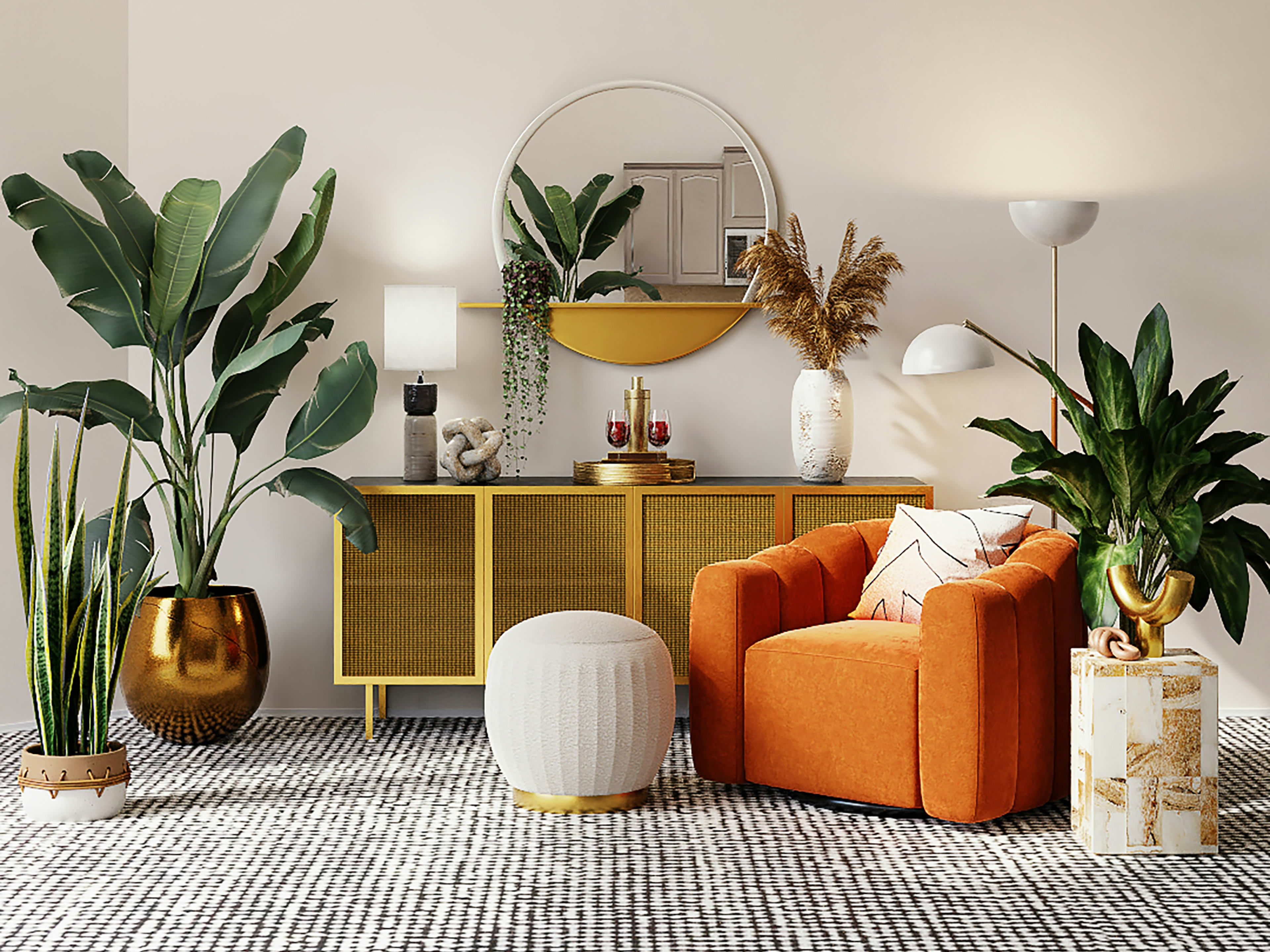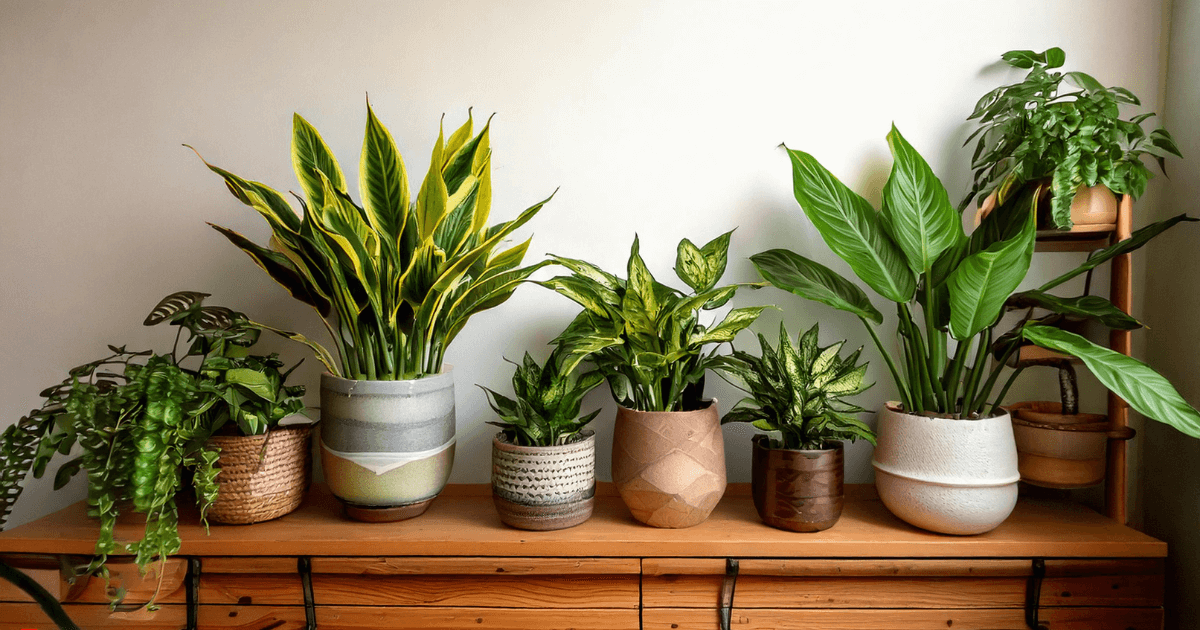Top 10 Best Low-Light Indoor Plants for Dark Rooms and Apartments
Top 10 Best Low-Light Indoor Plants for Dark Rooms and Apartments
Blog Article
Transform Your Home With Beautiful Low-Light Indoor Plants and Their Advantages
Integrating low-light interior plants right into your home can significantly enhance both the ecological and visual top quality of your home. These plants, which flourish in dim conditions, serve not only as decorative elements however additionally as all-natural air purifiers, making them perfect for urban occupants or those with restricted sunlight exposure. As we explore the various sorts of low-light plants and their benefits, you may find unexpected ways to integrate them into your home that can change your environments in methods you might not have anticipated.
Benefits of Low-Light Plants
Low-light plants use many advantages for indoor environments, making them an outstanding choice for both amateur and seasoned garden enthusiasts. Among the key benefits is their adaptability to low-light problems, enabling individuals to enhance their space without the demand for considerable sunlight exposure. This characteristic makes them ideal for homes, offices, and other locations with restricted natural light.

Furthermore, including low-light plants into home design can elevate the visual charm of an area. Their rich vegetation and differed appearances develop a calming environment, adding to total health. The existence of plant has actually been connected to minimized anxiety degrees and enhanced efficiency, making low-light plants a functional choice for improving both physical and psychological wellness in interior settings.
Top Low-Light Indoor Plants
While several indoor plants grow in bright light, numerous species are specifically appropriate for low-light problems, making them optimal for numerous indoor areas. One preferred choice is the Snake Plant (Sansevieria), understood for its striking upright fallen leaves and resilience, needing marginal treatment. One more exceptional option is the Pothos (Epipremnum aureum), which features heart-shaped leaves and can track wonderfully from wall mounts or racks, thriving in low light and including a lush touch.
The ZZ Plant (Zamioculcas zamiifolia) is celebrated for its glossy fallen leaves and capacity to withstand disregard, making it perfect for hectic way of livings. In a similar way, the Peace Lily (Spathiphyllum) not only tolerates low light however additionally generates stunning white blooms, enhancing any kind of room's aesthetic.
For an unique touch, consider the Cast Iron Plant (Aspidistra elatior), which indeed lives up to its name, thriving in the darkest edges of your home. The Chinese Evergreen (Aglaonema) uses a selection of fallen leave patterns and colors while being remarkably forgiving in low-light conditions. These plants not just improve indoor environments but also add to air filtration, improving your living space.
Treatment Tips for Low-Light Plants

Watering methods are crucial; these plants usually choose slightly completely dry conditions. Overwatering can bring about root rot, so guarantee that the leading inch of dirt is dry prior to watering once again. Usage pots with drain openings to allow excess wetness to escape.
Humidity is an additional essential aspect. Many low-light plants, such as ferns and peace lilies, gain from greater humidity levels. To raise humidity, take into consideration misting the fallen leaves or positioning a tray of water near the plants.
Fertilization ought to be come close to with caution. During the expanding season, use a watered down, well balanced liquid plant food monthly to sustain growth, yet avoid fertilizing during the inactive winter season.

Innovative Ways to Show Plants
Interior plants can function as captivating prime focus in any kind of room, enhancing both aesthetic charm and atmosphere. Innovative display screens can boost the aesthetic impact of low-light plants, making them an essential part of your home design. One efficient technique is to utilize tiered plant stands, which enable you to display numerous plants at differing elevations while making the most of floor space.
Hanging planters are another innovative option, creating a feeling of deepness and attracting the eye up. Think about macramé hangers or wall-mounted shelves to introduce a distinct structure and style.
For an extra organized technique, use geometric terrariums or glass containers to house your plants, adding a modern touch to your interior have a peek at these guys yard. You can likewise repurpose vintage visit site items, such as teacups or wood dog crates, for an eclectic screen that reflects your personality.
Enhancing Home Setting With Plants
Incorporating low-light plants into your home not only boosts visual charm but likewise adds considerably to the general ambiance. These plants function as all-natural decoration components, introducing a sense of peace that can change any type of space. The existence of plant promotes a calming atmosphere, which is especially valuable in high-stress atmospheres such as office or living areas.
Low-light plants, such as serpent plants, pothos, and ZZ plants, are not just cosmetically pleasing yet also improve indoor air quality by filtering toxins. This twin feature boosts the atmosphere better, producing a healthier living area (Best low-light indoor plants). The strategic positioning of these plants can additionally influence the assumption of room; for example, high plants can attract the eye upward, making ceilings appear higher and rooms much more large
Furthermore, varying structures and colors of vegetation add depth to interior decoration, permitting imaginative expression in home styling. Whether placed on racks, in edges, or as centerpieces, low-light plants can elevate the state of mind of any area. In summary, including these plants into your home is an effective way to cultivate a cozy, welcoming environment while enjoying the benefits of improved air high quality my blog and visual adaptability.
Final Thought
Integrating low-light interior plants into home settings provides countless advantages, including improved aesthetic allure and improved air high quality. These resilient plants, such as the Snake Plant and Tranquility Lily, require marginal light and maintenance, making them suitable for varied way of livings.
While several indoor plants prosper in bright light, several species are specifically fit for low-light conditions, making them perfect for different indoor areas. One efficient method is to utilize tiered plant stands, which allow you to display several plants at varying elevations while making best use of flooring space.
Low-light plants, such as snake plants, pothos, and ZZ plants, are not only visually pleasing yet also enhance indoor air high quality by filtering toxins. Best low-light indoor plants. The tactical positioning of these plants can likewise influence the perception of area; for instance, tall plants can attract the eye up, making ceilings appear higher and spaces more sizable
These durable plants, such as the Serpent Plant and Tranquility Lily, need marginal light and maintenance, making them appropriate for varied way of livings.
Report this page